How modern-day Downton Abbeys are still running, with every comfort going except for dear Carson
Britain’s grand estates are less hierarchical and more eco-friendly than they were in Downton days, finds Cheryl Markosky.
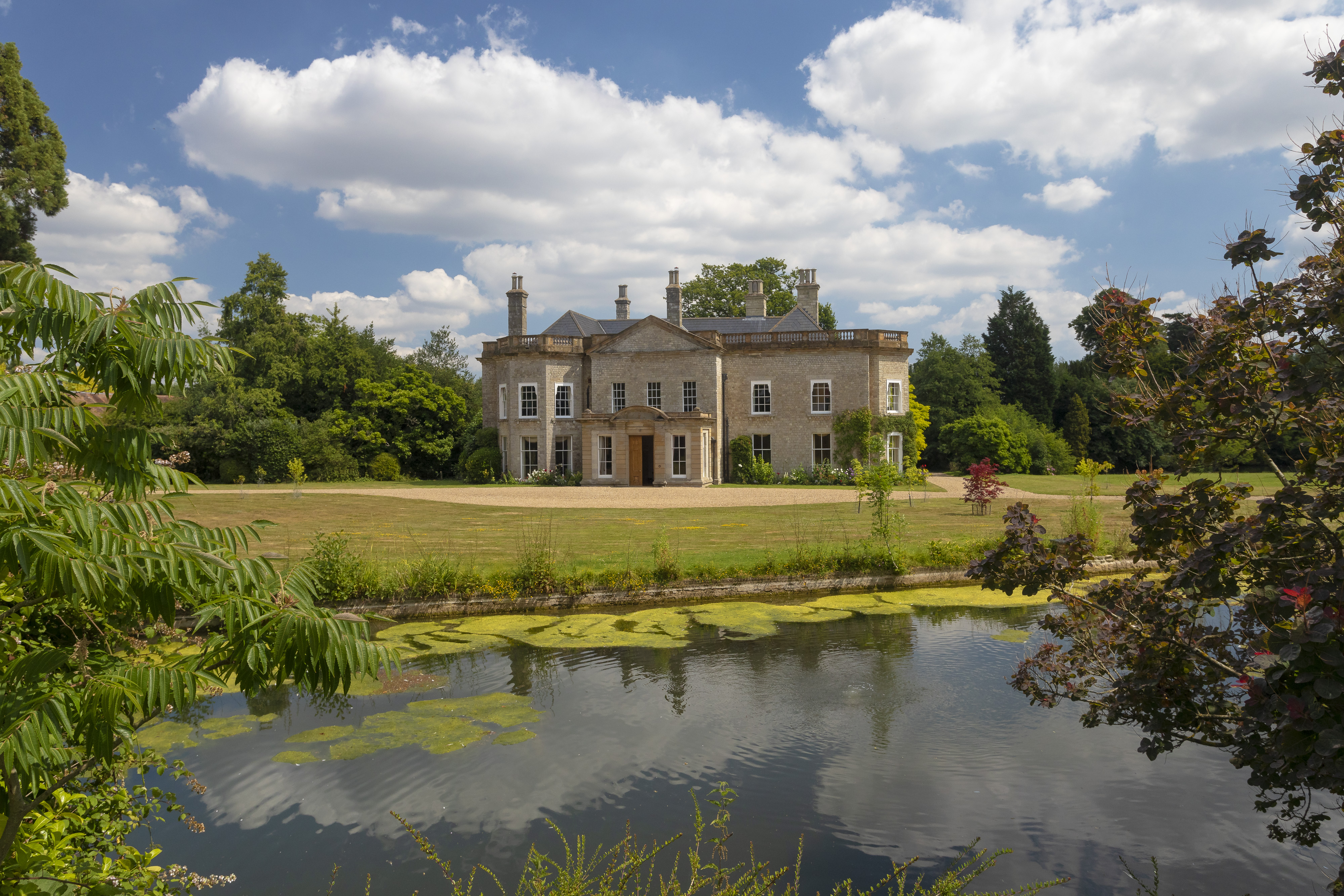

With the release of the feature film Downton Abbey on September 13 in the UK, ardent fans can celebrate the continuing saga of sex, servants and shenanigans at the country seat of the 7th Earl of Grantham. But why does the notion of living on an estate still hold so much appeal? Dawn Carritt of Jackson-Stops notes that the great estates saw the building of some of the greatest houses, with money lavished on landscape and architecture on an unbelievable scale.
‘Estates offer a degree of escapism,’ she explains, ‘a look into a bygone era where everyone knew their place in the pecking order of society – squire looked after servant and servant looked after squire.’
As well as the Downton-nostalgia factor, the fact that estates rarely come up for sale makes them highly attractive to domestic and foreign buyers. Mark McAndrew of Strutt & Parker says only 28 estates were sold in England last year.
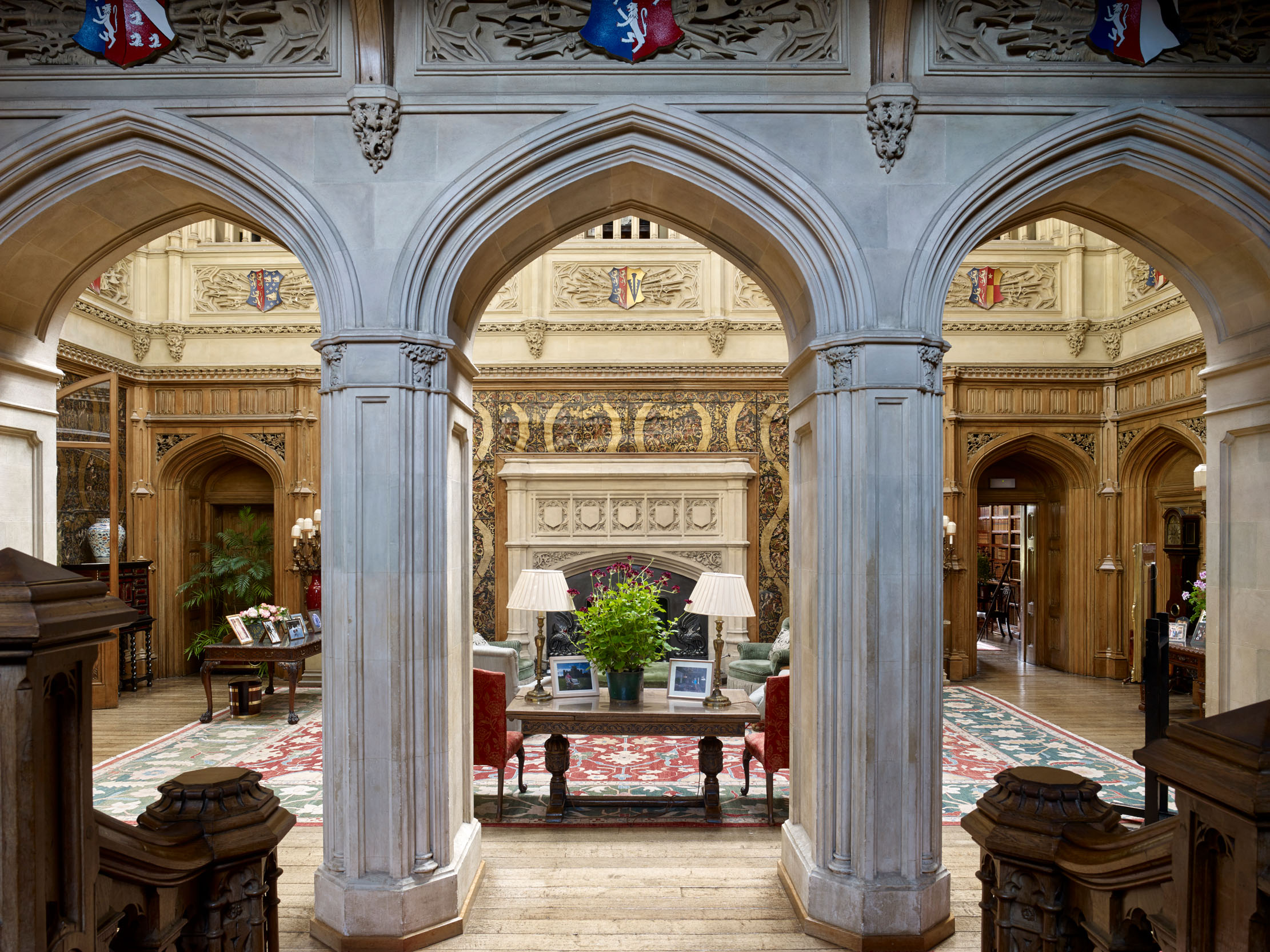
Of those changing hands, 23 went on the open market and five were sold privately. ‘Some owners would rather avoid the glare of publicity, so if the sale doesn’t go through they can withdraw the property quietly,’ he points out. However, Mr McAndrew encourages clients to put their houses on the open market ‘so they don’t risk missing Mr Big, who doesn’t know he wants their estate until he sees it’.
Prices range from £5 million to £125 million plus, which can represent good value when compared with some homes in Mayfair and Kensington, costly due to higher land prices in London, Mr McAndrew adds.
Crispin Holborow of Savills notes that there can be ‘price creep’ in the estate sector. ‘Keen purchasers up their budgets because they can. They realise they have to pay the price for a country estate that isn’t blighted by rights of way, flight paths and other conditions that cause concern.’
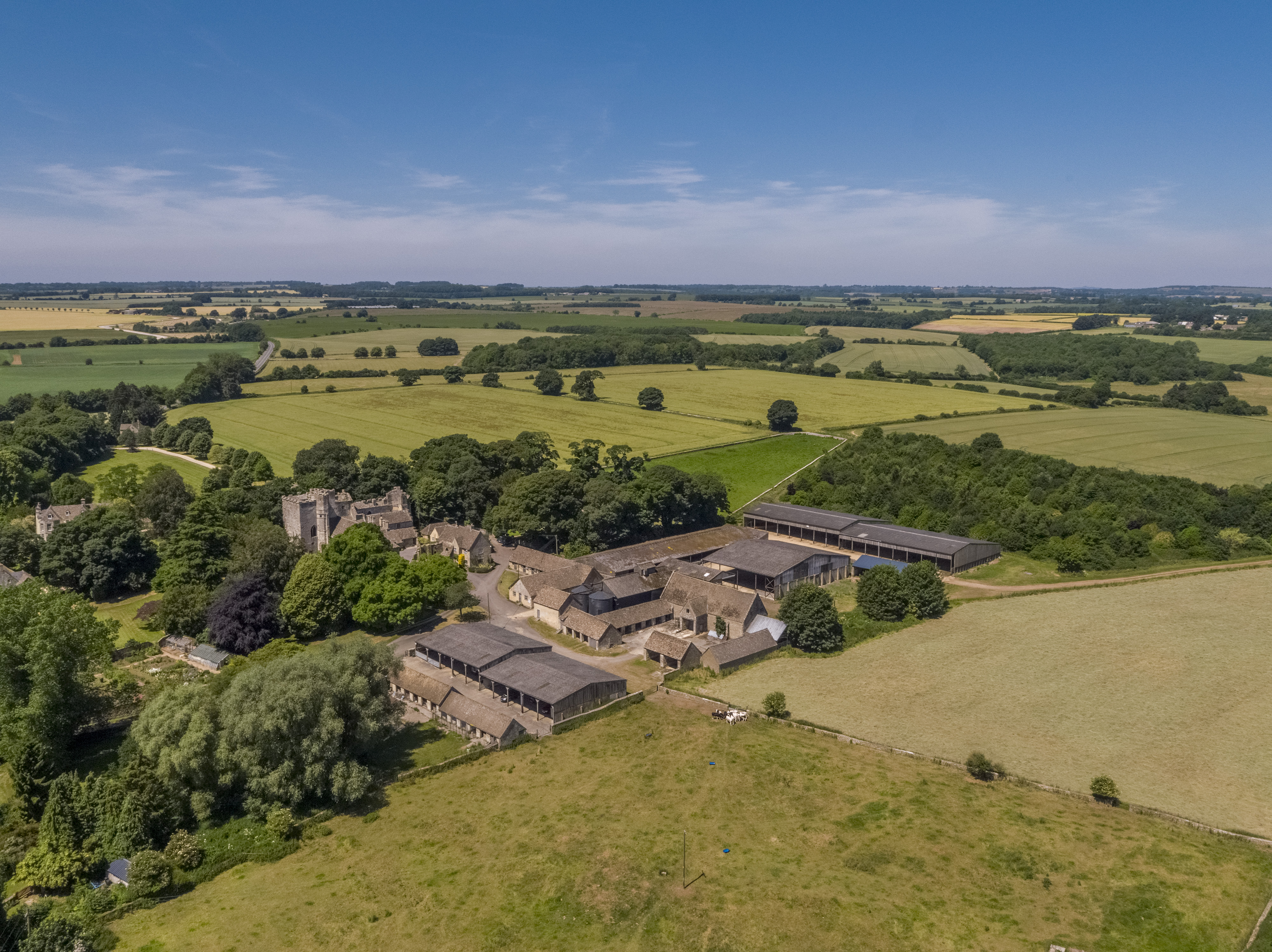
So how does the life of the Crawleys a century ago differ from that of estate owners today? Knight Franks’s Angus Harley suggests that landowners in the 21st century want to ‘truly indulge in pleasing pastimes, such as fishing, shooting, riding, tennis and cricket (the latter on a specially built private pitch). They also want to make their mark for the future by planting trees and establishing green schemes’. One of Mr Harley’s clients has created a wildlife habitat on his estate, while another landowner has introduced renewables to light and heat his house and other buildings in an energy-friendly way.
Sign up for the Country Life Newsletter
Exquisite houses, the beauty of Nature, and how to get the most from your life, straight to your inbox.
‘Greater efficiencies with tools and equipment are in evidence now, compared with tasks being undertaken by hand and horse in the early 20th century,’ remarks Mr Harley. Downton Abbey was stuffed with staff such as Mr Carson and Mrs Patmore, but, today, our estates employ far fewer people who perform multiple roles.
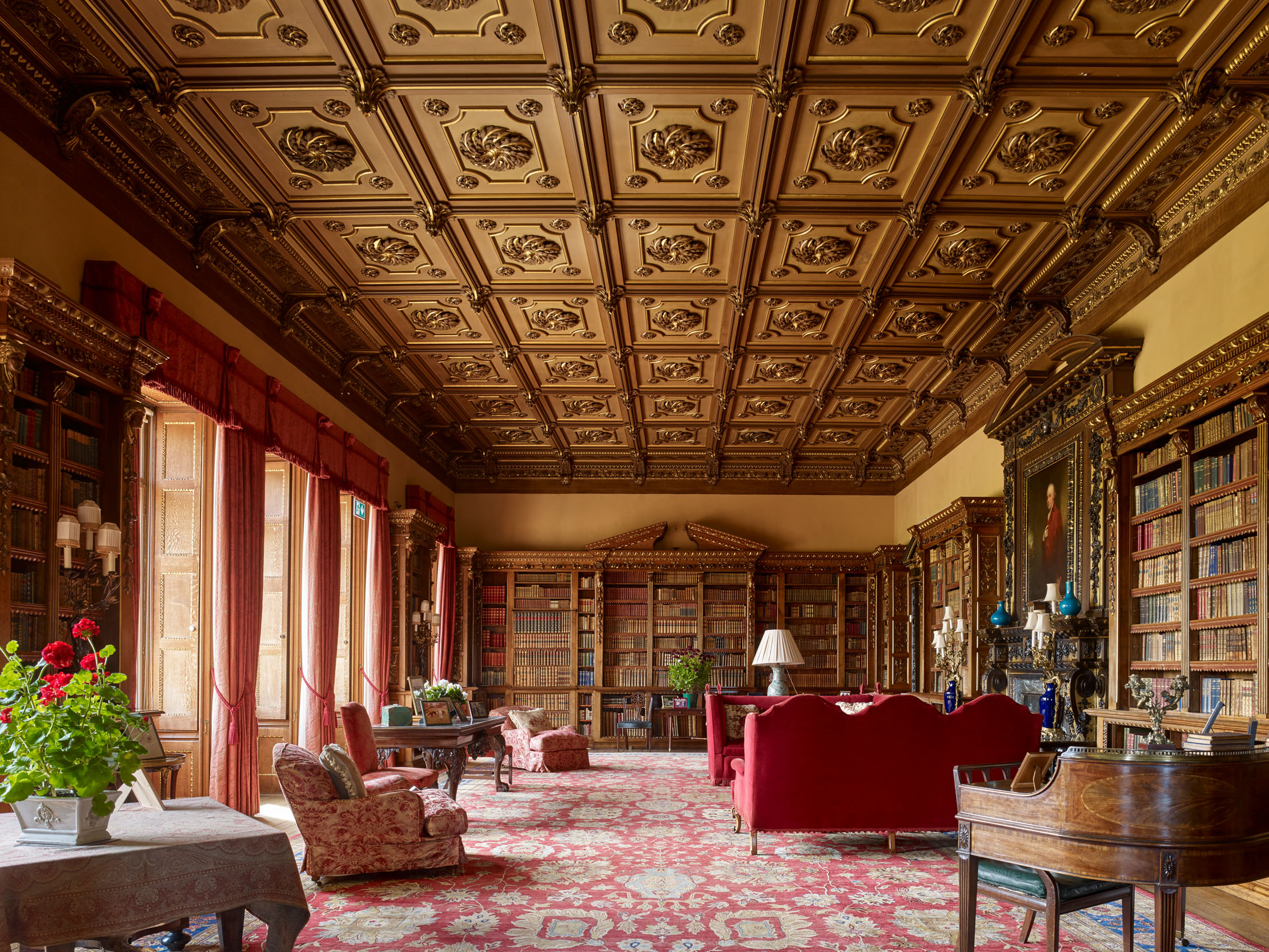
Rupert Clark of Savills offers support and advice to estate owners, including the Carnarvon family at Highclere Castle, the primary location for Downton Abbey.
He believes the Downton world would have been more feudal, contrasting with a more collaborative and business-oriented approach today. ‘Estate owners have to derive income to manage and maintain large houses by opening them to the public and giving a nod to leisure pursuits. It’s a costly exercise and substantial houses need to earn their keep.’
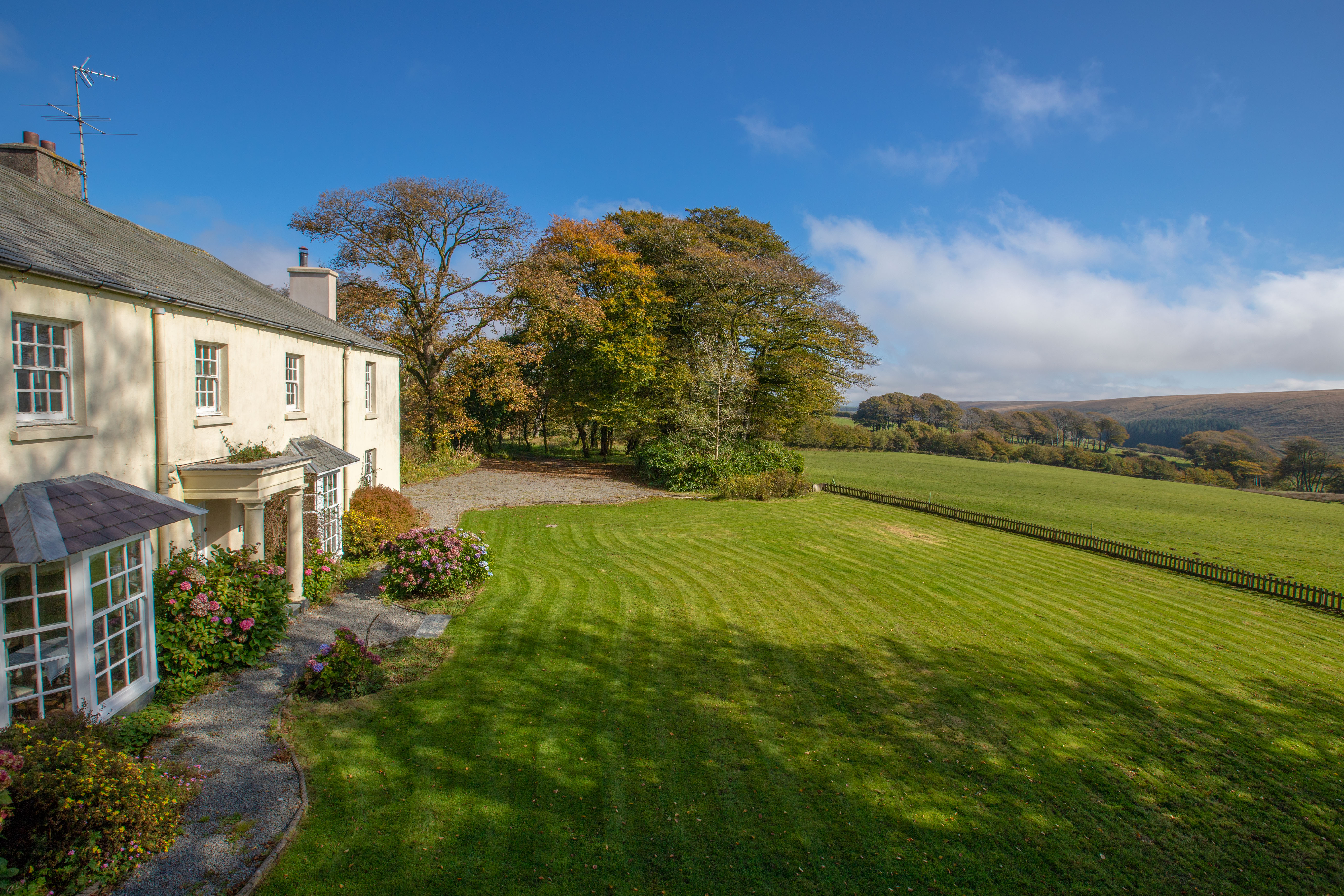
The use of buildings has altered over time, too, argues Robert McCulloch of Strutt & Parker in Scotland where 22 estates sold last year for a total of about £57 million. ‘Traditional grooms’ quarters and bothies are now deployed as home and farm estate offices and holiday accommodation.’
In addition, the social fabric of the countryside has changed, Mr McCulloch adds. ‘Downton Abbey-style estates had 40 or 50 families depending on owners for their livelihoods, which is not the case today.’
Despite the shift, Clive Hopkins of Knight Frank holds a list of prospective buyers eager to be lords of their own manors. ‘Many wait until the right house in the right setting within two hours of London or Edinburgh comes along,’ while others will make compromises in order to buy their very own Downton Abbey.
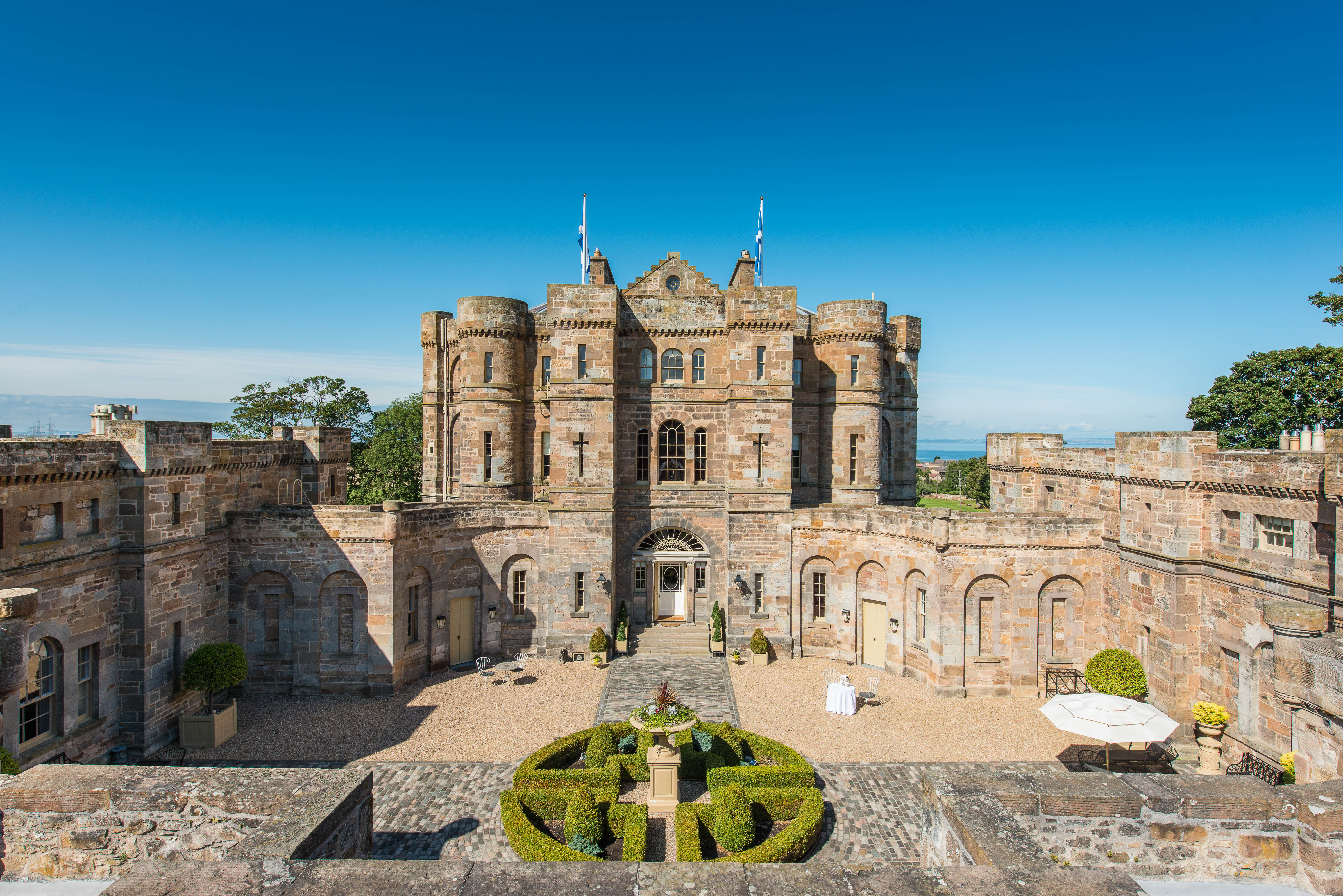
Scotland's most expensive private house comes up for sale for the second time since 1796
Seton Castle's history is a fascinating mix of ups and downs as Penny Churchill explains.
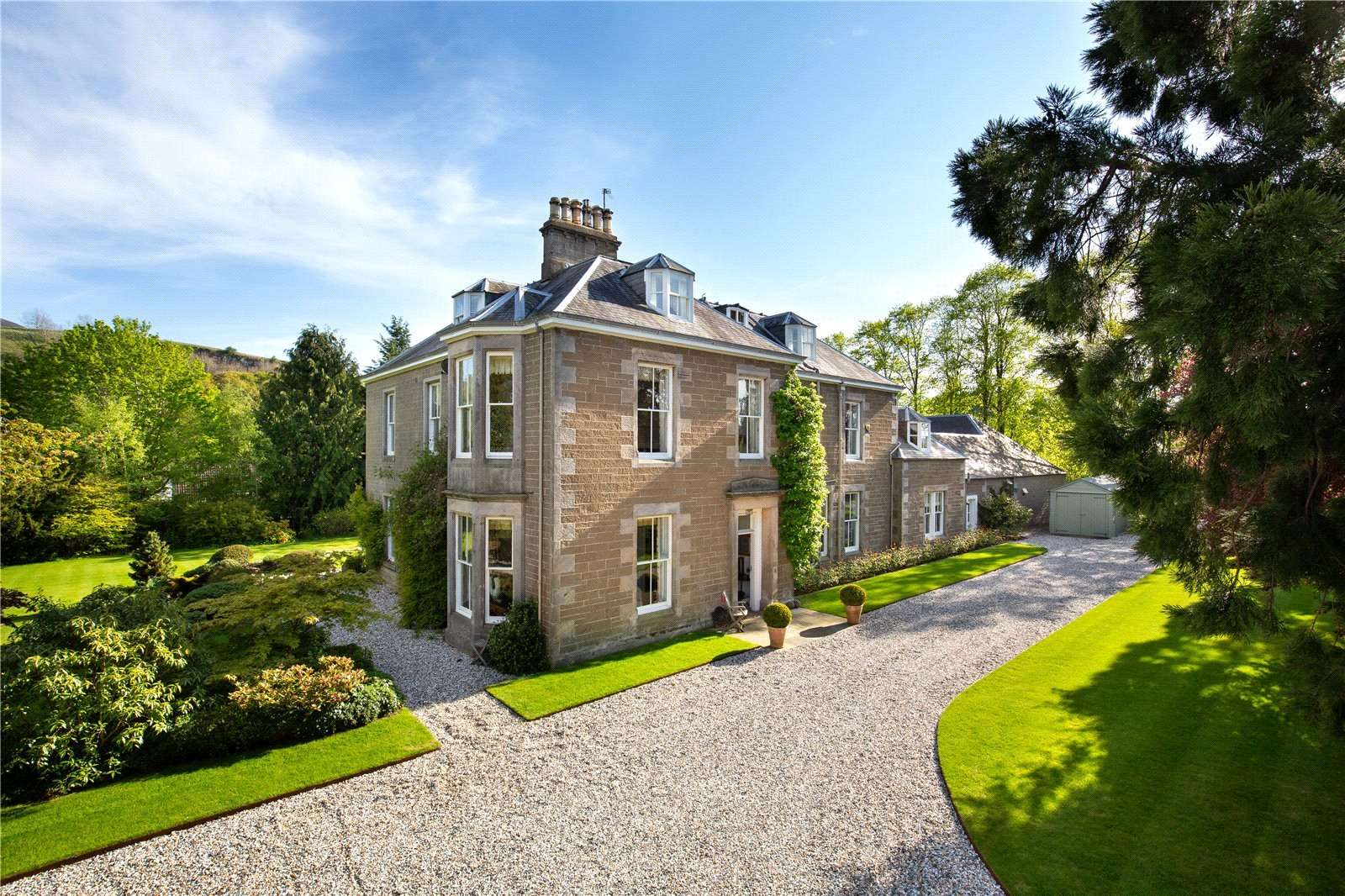
Nine wonderful homes from £350,000 to £11 million, as seen in Country Life
Enjoy our round-up of places new to the market in the last week or two, including an amazing property in
Country Life is unlike any other magazine: the only glossy weekly on the newsstand and the only magazine that has been guest-edited by HRH The King not once, but twice. It is a celebration of modern rural life and all its diverse joys and pleasures — that was first published in Queen Victoria's Diamond Jubilee year. Our eclectic mixture of witty and informative content — from the most up-to-date property news and commentary and a coveted glimpse inside some of the UK's best houses and gardens, to gardening, the arts and interior design, written by experts in their field — still cannot be found in print or online, anywhere else.
-
 Designer's Room: A solid oak French kitchen that's been cleverly engineered to last
Designer's Room: A solid oak French kitchen that's been cleverly engineered to lastKitchen and joinery specialist Artichoke had several clever tricks to deal with the fact that natural wood expands and contracts.
By Amelia Thorpe Published
-
 Chocolate eggs, bunnies and the Resurrection: Country Life Quiz of the Day, April 18, 2025
Chocolate eggs, bunnies and the Resurrection: Country Life Quiz of the Day, April 18, 2025Friday's quiz is an Easter special.
By James Fisher Published
-
 Hidden excellence in a £7.5 million north London home
Hidden excellence in a £7.5 million north London homeBehind the traditional façades of Provost Road, you will find something very special.
By James Fisher Published
-
 Sip tea and laugh at your neighbours in this seaside Norfolk home with a watchtower
Sip tea and laugh at your neighbours in this seaside Norfolk home with a watchtowerOn Cliff Hill in Gorleston, one home is taller than all the others. It could be yours.
By James Fisher Published
-
 A Grecian masterpiece that might be one of the nation's finest homes comes up for sale in Kent
A Grecian masterpiece that might be one of the nation's finest homes comes up for sale in KentGrade I-listed Holwood House sits in 40 acres of private parkland just 15 miles from central London. It is spectacular.
By Penny Churchill Published
-
 Some of the finest landscapes in the North of England with a 12-bedroom home attached
Some of the finest landscapes in the North of England with a 12-bedroom home attachedUpper House in Derbyshire shows why the Kinder landscape was worth fighting for.
By James Fisher Published
-
 Could Gruber's Antiques from Paddington 2 be your new Notting Hill home?
Could Gruber's Antiques from Paddington 2 be your new Notting Hill home?It was the home of Mr Gruber and his antiques in the film, but in the real world, Alice's Antiques could be yours.
By James Fisher Published
-
 What should 1.5 million new homes look like?
What should 1.5 million new homes look like?The King's recent visit to Nansledan with the Prime Minister gives us a clue as to Labour's plans, but what are the benefits of traditional architecture? And can they solve a housing crisis?
By Lucy Denton Published
-
 Welcome to the modern party barn, where disco balls are 'non-negotiable'
Welcome to the modern party barn, where disco balls are 'non-negotiable'A party barn is the ultimate good-time utopia, devoid of the toil of a home gym or the practicalities of a home office. Modern efforts are a world away from the draughty, hay-bales-and-a-hi-fi set-up of yesteryear.
By Madeleine Silver Published
-
 Five beautiful homes, from a barn conversion to an island treasure, as seen in Country Life
Five beautiful homes, from a barn conversion to an island treasure, as seen in Country LifeOur pick of the best homes to come to the market via Country Life in recent days include a wonderful thatched home in Devon and a charming red-brick house with gardens that run down to the water's edge.
By Toby Keel Published
